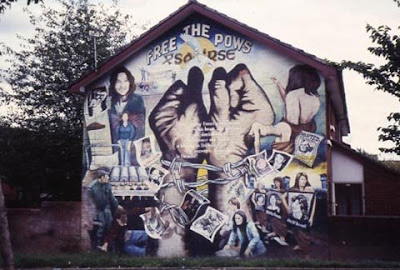Tony Crowley, Hartley Burr Alexander Chair in the Humanities
Overview - How can online resources be used to enhance teaching and research? Read about one professor's work with the Claremont Colleges Digital Library to facilitate teaching and using online databases for research.

Research
Eighteenth Century Collections Online, a library database with nearly 150,000 English-language primary source documents, provided a missing link in Tony's current research on the history of Liverpool's vernacular language. His quest to find the first edition of "The Sailor's Farewell," a British play published in 1768, proved unsuccessful via on-site visits to major libraries in the United Kingdom. The online database was the only way to find out that there was a first edition of the play still in existence, and where it is located.
The online library database provided a printable, full-text image of the first edition of the play. It proved to be a fantastic resource for different representations of vernacular speech during the mid-eighteenth century: characters speak in Irish, Lancashire, and Liverpool dialects. The play puts eighty years into the perceived history of Liverpool dialect and overturns the history of vernacular Liverpool dialect as we know it today. Significantly, the full citation accompanying the play provided the physical location of what may be the only first edition of this play-the Huntington Library.
Teaching
Tony contributed photographs of nearly 600 murals from Northern Ireland to the Claremont Colleges Digital Library (CCDL). The murals, painted between 1979 and 2004 during the recent period of Troubles, are an important political history resource because there are very few other mural images from 1979-1996. As the CCDL collection indicates, "The images are records which include historical representation, political standpoints, community concerns, forms of ideological address. They range from overtly political declaration, to brutal depictions of the conflict, to humour and irony."

It took Tony many hours to annotate the murals with keywords for each image so that the collection is searchable by non-experts who might not recognize the people or other reference in the murals. The images are scanned in high enough quality to allow online magnification of details.
Tony asks his students to do research projects with this primary source image collection. Students might explore a key moment, for instance Easter 1916, or a significant location or year. He finds that students produce interesting analyses of these historical materials. This public collection allows students anywhere to examine the murals as representations of history.
Online Resources





